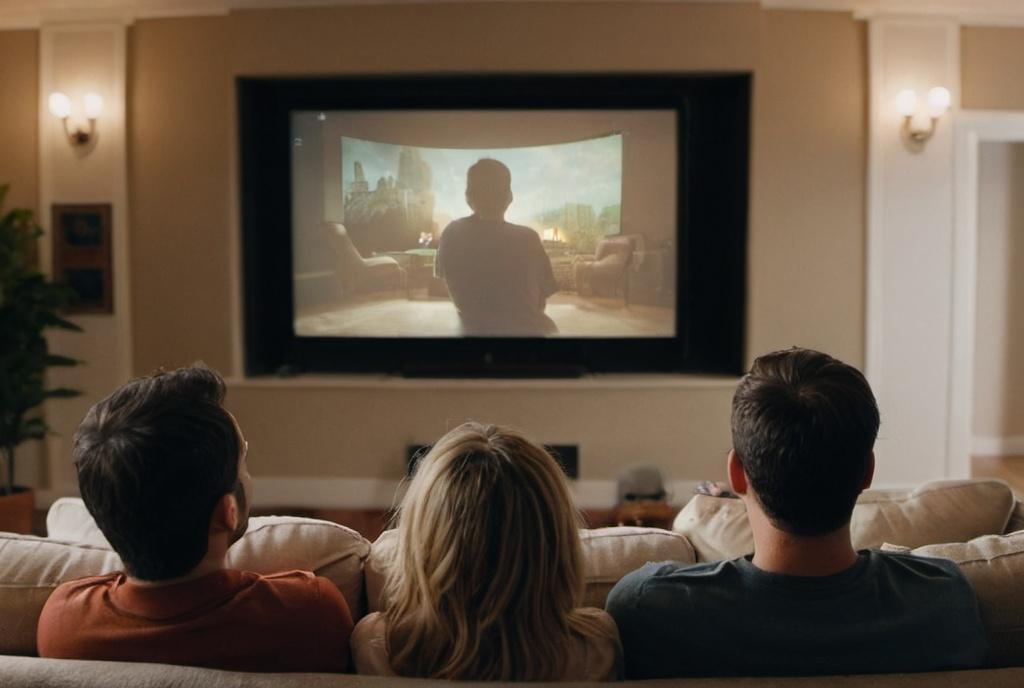
Key Take Aways About film preservation and restoration
- Film preservation and restoration are vital for maintaining cultural history and ensuring future generations experience cinematic legacies.
- Financial investments come from studios, archives, governments, and private investors; restored films can generate revenue.
- Digital restoration is costly but essential for enhancing film quality, balancing authenticity and modern appeal.
- Challenges include financial hurdles, missing frames, degraded audio, and legal restrictions.
- Restored films attract audiences through nostalgia and educational value, preserving cultural narratives and inspiring future filmmakers.

The Importance of Film Preservation and Restoration
When it comes to preserving the legacy of cinema, film preservation and restoration play pivotal roles. We’re not just talking about keeping old movies on the shelves; it’s about maintaining cultural history, keeping artistic expressions alive, and ensuring future generations can witness the cinematic past firsthand. Let’s break it down a bit, shall we?
The Financial Aspect of Film Preservation
Oddly enough, preserving film isn’t a bargain. It costs a bundle to keep those old reels from fading into oblivion. Film stock deteriorates over time, and unless we want our favorite classics to look like they were shot through a foggy lens, proper storage and care are essential.
Now, who’s footing the bill, you ask? Film studios, archives, and sometimes government funds. But here’s the kicker: private investors are also diving in. The reason? Preserved films have the potential to generate revenue through re-releases, streaming rights, and educational purposes. You could say it’s a form of cultural investment.
The Role of Technology in Restoration
Today’s tech is like a superhero for old films. Digital restoration techniques have revolutionized how we breathe new life into those grainy and scratched frames. But while computer wizardry is a game-changer, it ain’t cheap. Specialized software, skilled technicians, and countless hours of painstaking work pile up hefty costs.
Film restoration studios often walk a tightrope, balancing between preserving the film’s original essence and improving its quality for modern audiences. It’s a bit like giving an old house a makeover while keeping it authentic—no easy feat.
Challenges in Film Restoration
Let’s not sugarcoat it; film restoration is no walk in the park. Aside from the financial hurdles, restorers face issues like missing frames, degraded audio, and even legal restrictions. For example, securing the rights to restore and distribute films can be a legal maze, with copyrights potentially scattered across multiple parties.
Preservation groups sometimes struggle for funding, making every dollar count and forcing them to prioritize which films to restore. It’s like choosing a favorite child—you can imagine the debates that spark.
The Return on Investment in Film Restoration
So why do investors bother? Because bringing an old film back to the silver screen can pay off big time. Imagine a classic getting a fresh coat of paint (digitally speaking) and then being released in cinemas or sold as a deluxe edition for home viewing. There’s money to be made.
And don’t forget film festivals, where restored classics often make their debut. They attract crowds, generate buzz, and yes, bring in the dough. Imagine hordes of people flocking to see the rebirth of a classic, popcorn in hand and nostalgia in the air.
Audiences’ Connection to Restored Films
Here’s a little secret: people love nostalgia. Picture this: watching *Casablanca* in its restored glory, feeling like Humphrey Bogart’s about to walk right off the screen. Restored films offer audiences a chance to appreciate these gems as if they’re seeing them for the first time.
Besides, there’s the educational aspect. Film schools, historians, and enthusiasts gain invaluable insights into the technical and artistic prowess of past filmmakers. It’s like a history lesson with visual aids.
Cultural Impact and Preservation
Saving films is more than just an economic venture; it’s about preserving culture. Films capture the zeitgeist of their time, reflecting societal values, aesthetics, and narratives. Preserving this legacy is akin to maintaining a visual diary of human experience.
Remember, films aren’t just stories; they’re pieces of art that speak volumes about the past. Restoring them ensures these stories continue to be shared. Who knows? The next great filmmaker might get their inspiration from a film saved from the brink.
Conclusion: Keeping the Reels Rolling
Film preservation and restoration offer a unique blend of art and business. While the costs are steep, the potential rewards—cultural, educational, and financial—make the effort worthwhile. It’s a delicate balance of maintaining authenticity while appealing to modern sensibilities.
So, next time you kick back with a restored classic, think about the blood, sweat, and tears that went into bringing that masterpiece back to life. It’s not just an old film; it’s a preserved piece of history, ready to find its place in the present and future of cinema.



